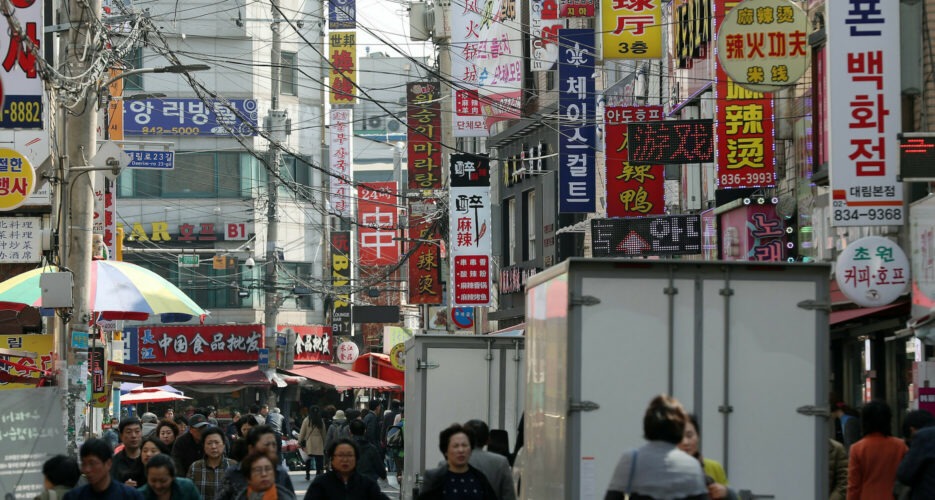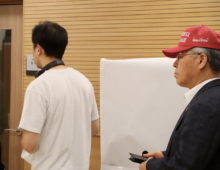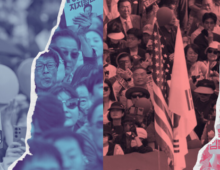Seoul hopes to attract foreign workers to bolster the economy, but resistance to outsiders runs deep in Korean society
South Korea is not a nation of immigrants. And would-be emigrants who wish to work and live outside their home countries hardly rush to settle in Korea.
This week, Statistics Korea announced that the number of immigrants, including naturalized citizens, residing in the country fell by 2% in 2022 from the previous year. Korea’s population is approximately 52 million and immigrants make up less than 2.6% of it, accounting for about 1.35 million.
South Korea is not a nation of immigrants. And would-be emigrants who wish to work and live outside their home countries hardly rush to settle in Korea.
This week, Statistics Korea announced that the number of immigrants, including naturalized citizens, residing in the country fell by 2% in 2022 from the previous year. Korea’s population is approximately 52 million and immigrants make up less than 2.6% of it, accounting for about 1.35 million.
Get your
KoreaPro
subscription today!
Unlock article access by becoming a KOREA PRO member today!
Unlock your access
to all our features.
Standard Annual plan includes:
-
Receive full archive access, full suite of newsletter products
-
Month in Review via email and the KOREA PRO website
-
Exclusive invites and priority access to member events
-
One year of access to NK News and NK News podcast
There are three plans available:
Lite, Standard and
Premium.
Explore which would be
the best one for you.
Explore membership options
© Korea Risk Group. All rights reserved.
No part of this content may be reproduced, distributed, or used for
commercial purposes without prior written permission from Korea Risk
Group.












